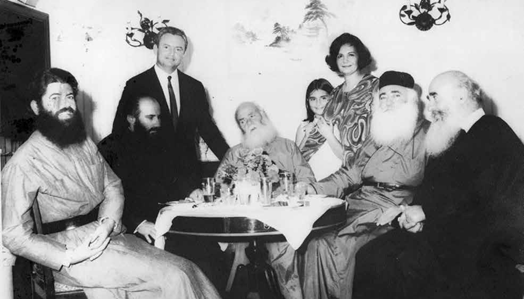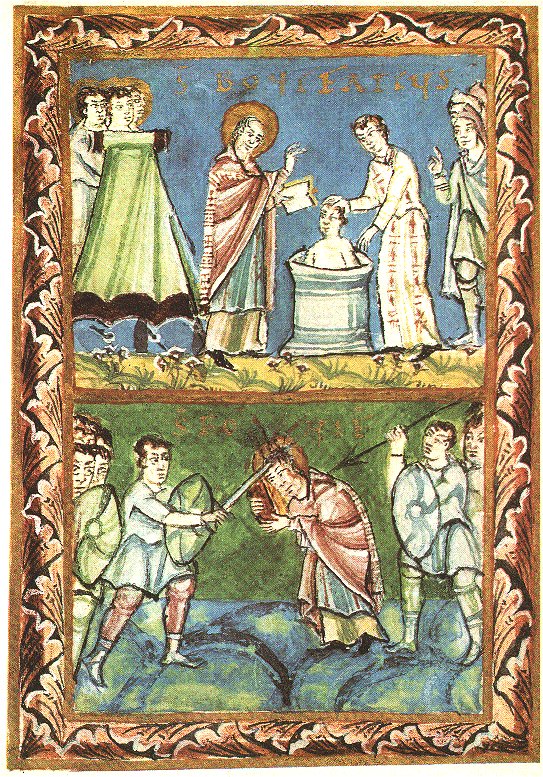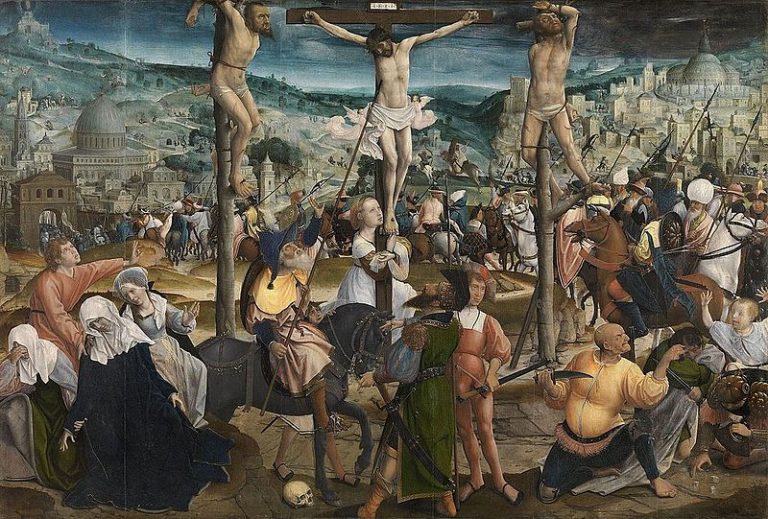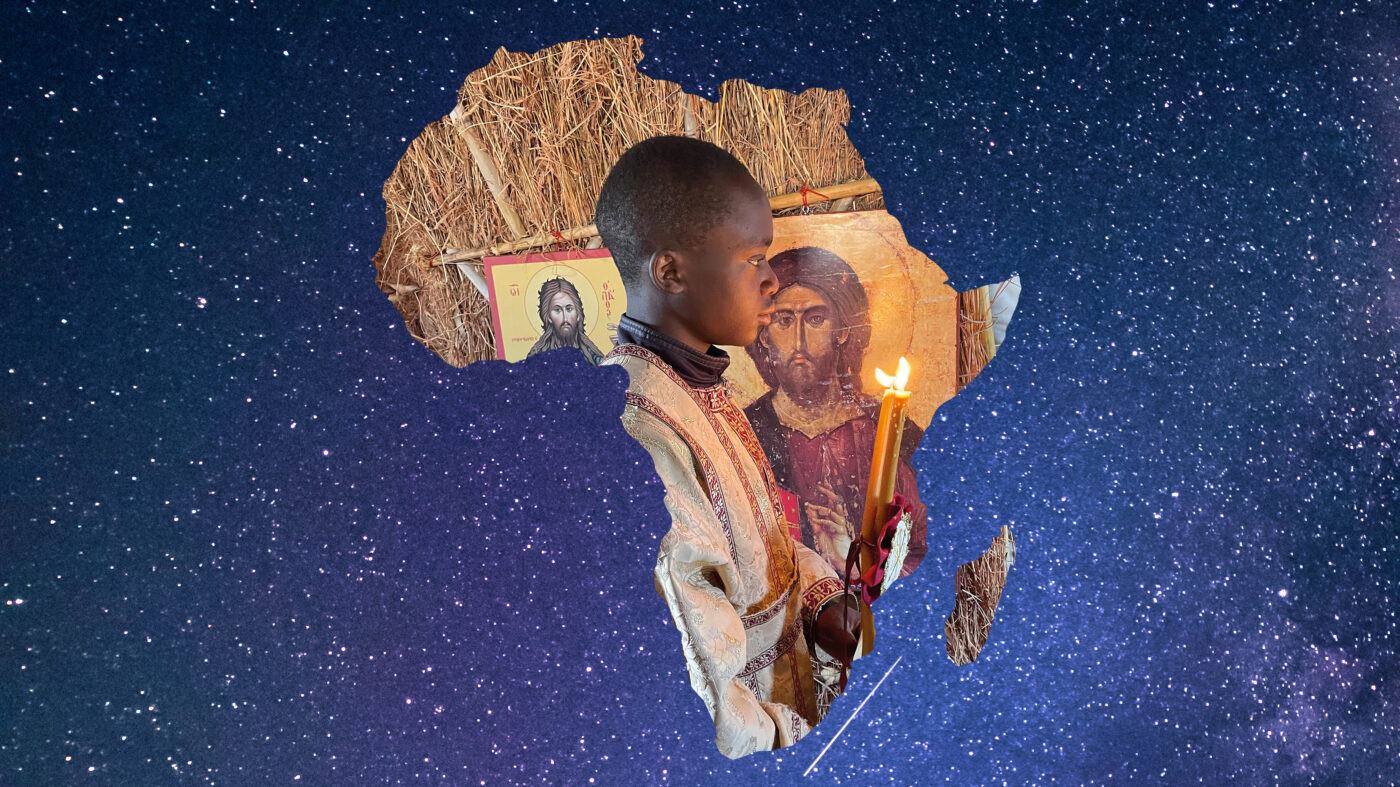Crusaders Evangelists
It is undeniable that each of us, had we been in Christ’s company, would have been afraid and cowed before the ominous incidents that followed His entry into Jerusalem and afterwards. Hitherto Jesus had cured every disease He encountered in His path; He had subdued the elements of nature as well as the demons; He knew the thoughts of men before they expressed them, and proved it in every dialogue He held; He conquered death with the same facility as He performed His other signs. Holy was His life, sinless and faultless His teaching, as the God He was. He had acquired a close and wide circle of disciples and associates, as well as the admiration of a captivated multitude who followed Him and cheered Him. The Israelites believed that this was the Messiah of their people, the earthly king they were waiting for (still waiting for and will wait for), who would liberate their land and exercise authority; that is why, moreover, the sons of Zebedee so bluntly asked the Lord for primacy: ““Let us sit on thy right hand and on thy left hand in thy glory.” (Mark. 10,37).
How strange though! Jesus enters Jerusalem, not on a chariot or royal chariot, but mounted on a donkey. He is not in formal dress or military uniform, but in the poor clothes of His everyday life. He is not followed by His officers with swords in their hands, but by His ordinary disciples. He does not call for rebellion, claim the Temple, or ally Himself with the Jewish authorities – the first political and military moves that a contender for power with the ultimate goal of liberating Israel would seek – but He drives merchants from the Temple, heals the sick, confesses indirectly to the chief priests and scribes that He is the “Son of David” and, when He feels His presence disturbs them, controls them, ““He took them out of the city to Bethany and went there.” (Matt 21:17).
After the disappointment suffered by the Jews – expecting Jesus to be King in the world and His kingdom on earth – the mood towards Him became increasingly threatening. The chief priests, scribes and elders conspired against Him and decided to arrest Him (Mt 26:35). Judas gives Him up for thirty pieces of silver (Mt 26:14-16). Jesus tastes His last supper prophesying that one of His disciples will betray Him (Mt 26:17-30). He foretells the denial of the first of the disciples, Peter. He prays brokenly to Gethsemane, confessing that “My soul shall be complete unto death“(Matt. 26,38). Then, he is kissed by the treacherous Judas, arrested by a crowd of men with swords and clubs, taken to the Great Conference. Who? The expected Messiah, the hope of Israel, the one on whom they had based their faith for the salvation and uplift of their nation ! He is condemned to death by the Jewish authorities and spitting and lashing against Him follow. He is denied by the disciple who should have been the front and leader of the group of twelve now that He has been arrested; He is denied in front of women and even slaves ! And not once, but twice, and a third time in front of those present… Then Jesus is taken to Pilate and condemned to death on the cross, since the people choose to free the “official prisoner” – Barabbas – and crucify the Innocent One, choosing sin over virtue. Christ is mocked by the soldiers, tortured, humiliated, and dies hanging on the cross.

In those difficult, repulsive, unbearable last events of Christ’s life “ηas if he were not there” –companions, companions, supporters – “and many women from afar, who followed Jesus from Galilee, ministering to him. Wherein is Mary Magdalene, and Mary the mother of Jacob and Joshua, and the mother of the sons of Zebedee.“(Matt. 27:55-56). They were the Myrrh-bearers. “Myrrh-bearers – according to St. Gregory Palamas – are the women who followed the Lord with his Mother, stayed with her during the hour of saving passion and took care to anoint the body of the Lord with myrrh. That is, when Joseph and Nicodemus asked and received from the They took the despotic body down from the cross, put it in a casket with fine perfumes, placed it in a carved monument and placed a large stone on the door of the monument, and Mary Magdalene and the other Mary who was sitting opposite the tomb were present, according to the evangelist Mark. By the phrase and the other Mary he certainly meant the Theotokos; for she was called the mother of both James and Joses, who were of Joseph the Baptist. And not only they alone were present watching when the Lord was buried, but other women also.” (Venedictus Ieromonachos, Palamikon Taminion, ed. “Synod of Spyridon Ieromonachos”, Mount Athos 2007, pp. 646-647).
But glory be to the good God, the all-wise Creator of all things! His plan of His Divine Economy was realized. Jesus of Nazareth, the second person of the Holy Trinity, was led to death and defeated. He was resurrected !!
He rose from the dead and appeared first to the Myrrh-bearers, according to the Gospel, because they had the courage to visit his tomb:
- “And tonight, on the Sabbath, when she was fasting on the Sabbath, came Mary Magdalene, and the other Mary was looking at the tomb” (Matt. 28,1)
- “And it came to pass on the sabbath day, that Mary Magdalene and Mary of Jacob and Salome bought spices to anoint him. And on the morning of the first Sabbath they came to the monument at sunrise.” (Mark 16, 1-2).
- “And on one of the Sabbaths they came to the memorial, bringing and preparing spices, and some of them with them” (Luke 26,1) “And there were Mary Magdalene, and Joanna, and Mary of Jacob, and the rest with them” (Luke 26,1). (Luke 26:10).
- “And on a sabbath day Mary Magdalene comes early in the morning, because she is absent from the memorial.” (John 20:1).

He appeared to the Crusaders and instructed them to spread the message of His Resurrection to the disciples, that is, He asked them to do a mission to the Apostles:
“Preach his preaching, Disciples” (Pentecost, published by Apostolic Deaconry, Athens 2002, p. 150) and more, “you have preached to his disciples“(Pentecostalism, published by Apostolic Deaconry, Athens 2002, p. 25), so as to transform the sorrow of the disciples into joy, as a troparion of the service of the Sunday of the martyrs beautifully points out; “Disciples, you have recited; you have turned gloom into joy.” (Pentecost, published by Apostolic Deaconry, Athens 2002, p. 152).
- “And when you were going, you told his disciples that he had risen from the dead, and behold, he was bringing you to Galilee” (Matt. 28:7) and “Jesus said to them, ‘Do not be afraid; go, tell my brothers to go back to Galilee, for they are afraid of me'” (Matt. 28:7). (Mt 28, 10).
- “Go, ye said unto his disciples, and to Peter, that he bring us into Galilee: there ye saw him, as he said unto you. And they came out of the temple.” (Mark 16:7-8).
- “And they recited these things from the monument to the eleven and to all the rest.” (Luke 24:9).
- “Jesus saith unto her, Turn not away from me: for I have not gone up to my father: and he went to my brethren, and said unto them, I go up to my father, and your father, and my God, and your God. coming from Mary Magdalene reciting to the disciples that she had praised the Lord, and she said these things.” (John 20:17-18).
The Myrrh-bearers, although they did not believe in the Resurrection, remained faithful to their teacher. Even when Christ died, their hearts remained attached to Him as when He was alive, as when they followed Him in agony in martyrdom. They remained faithful to Jesus who promised them eternal life and now lies in the grave. Oh devotion ! Oh divine desire! At the risk of their lives, they visit the tomb of the teacher to anoint His honest body with myrrh. What bravery ! What bravery!! What love!! “Fear is not in love, but perfect love casts out fear.” (John 4:18). Where are you, Simon Varionas, to see the courage these women show? Where are you Peter who confidently asserted that even if all lose their trust in Christ, yours will never fade away (Mt 26:33) and, even if you have to die with Him (Mt 26:35)? Where are you hiding now, who wept bitterly (Mt 26:75)? Why dost thou not attend the passion of Christ under His Cross and give thy presence to His death? Why do you not run to His tomb to help the brave martyrs roll the stone? Where are you disciples of Christ – except, of course, John who was standing by the cross – frozen in fear, disappointment and unbelief?

The bravery of the martyrs covered the cowardice of the disciples in these difficult events (Chrysostom, St. Matthew, EPE, vol. 12, pp. 366-376) and for this they were honoured by the Lord; first to them the message of the Resurrection came from the angel, first to them Jesus appeared risen and they received the first command to transmit the joyful announcement of Christ’s Resurrection. They became ” women evangelists” (Pentecost, published by “Apostolic Deaconry”, Athens 2002, p. 25) and evangelized the later evangelists of the world;”Women after the myrrh of God, who seek after thee, and as mortal men after tears, have worshipped, rejoicing in the living God, and have proclaimed the mystery of the Passover to you, Christ the Disciple.” (Pentecost, published by Apostolic Deaconry, Athens 2002, p. 143).
Their memory is commemorated on the second Sunday after the Resurrection each year.
Αmultimediaίcion
Theιfor the women who wear myrrh, and the women who wear myrrh, and the women who wear myrrh.α το mnηBut εbelievers, ο ΑAngel εboa- tα myrrh theιYour mortalις υAvailable at αRommodia- Christοs dε linkας εshown αLlodrios- αLα shouted- Αnet ο Lord, providing theω Worldω το mega εleos.




